
As the automotive landscape evolves, understanding the differences between crossover SUVs and traditional SUVs becomes crucial for consumers. By 2025, expect advancements in technology, efficiency, and design that will further differentiate these two categories. Crossover SUVs will likely emphasize fuel efficiency and urban adaptability, while traditional SUVs may focus on rugged performance and off-road capabilities, catering to diverse lifestyles.
The automotive landscape is rapidly evolving, and as we approach 2025, the debate between **Crossover SUVs** and **Traditional SUVs** is heating up. Understanding the differences between these two types of vehicles can help consumers make informed decisions about their future purchases. In this article, we will explore the key distinctions, trends, and what to expect in the next few years.
**Crossover SUVs**, often referred to simply as crossovers, are built on a car's platform. This design results in a lighter, more fuel-efficient vehicle that typically offers a smoother ride compared to its traditional counterparts. Crossovers often come with a unibody construction, which enhances safety and handling.
One of the defining features of **Crossover SUVs** is their versatility. They provide ample cargo space and seating capacity, making them an ideal choice for families. Additionally, many crossovers come equipped with advanced technology and safety features, catering to the modern driver's needs.
**Traditional SUVs**, on the other hand, are built on a truck chassis. This construction tends to offer greater towing capacity and off-road capabilities. Traditional SUVs are generally larger than crossovers and can handle rough terrains more efficiently. However, this comes at the cost of fuel efficiency and ride comfort.
These vehicles are favored by those who require significant cargo space and towing power, such as outdoor enthusiasts or those with large families. Traditional SUVs are often equipped with powerful engines, and many models offer four-wheel drive options, enhancing their capability in adverse conditions.
| Feature | Crossover SUVs | Traditional SUVs |
|---|---|---|
| Platform | Car-based (unibody) | Truck-based (body-on-frame) |
| Fuel Efficiency | Generally higher | Generally lower |
| Ride Comfort | Smoother ride | Stiffer ride |
| Off-Road Capability | Limited | High |
| Towing Capacity | Moderate | High |
| Interior Space | Spacious | Very spacious |
| Target Audience | Families, urban drivers | Outdoor enthusiasts, large families |
As we look toward 2025, several trends are likely to shape the future of both **Crossover SUVs** and **Traditional SUVs**. One of the most significant trends is the growing emphasis on **sustainability**. Automakers are increasingly investing in hybrid and electric models. Many crossovers are expected to lead the charge in this area, offering lower emissions and better fuel efficiency.
Additionally, advancements in **technology** will play a crucial role in the evolution of these vehicles. From **autonomous driving features** to advanced infotainment systems, the demand for tech-savvy vehicles is on the rise. Crossovers, with their family-oriented designs, are likely to incorporate more innovative features to attract tech-minded consumers.
Consumer preferences are also evolving. As urbanization increases, many buyers are shifting towards **Crossover SUVs** for their practicality and efficiency. However, the rugged appeal of **Traditional SUVs** remains strong among those who value adventure and towing capabilities. By 2025, we can expect a more defined split in the market, with crossovers dominating urban areas and traditional SUVs appealing to those in rural or outdoor environments.
In conclusion, the choice between **Crossover SUVs** and **Traditional SUVs** will ultimately depend on individual needs and preferences. As we approach 2025, it's essential to consider factors such as **fuel efficiency**, **technology**, and **capabilities** when making a decision. With the automotive industry continuously adapting to consumer demands, both types of SUVs will likely see innovations that cater to a broader audience. Understanding these distinctions will empower consumers to choose the right vehicle that fits their lifestyle and future needs.

Electric Crossover SUVs: The 2025 Landscape in the USA
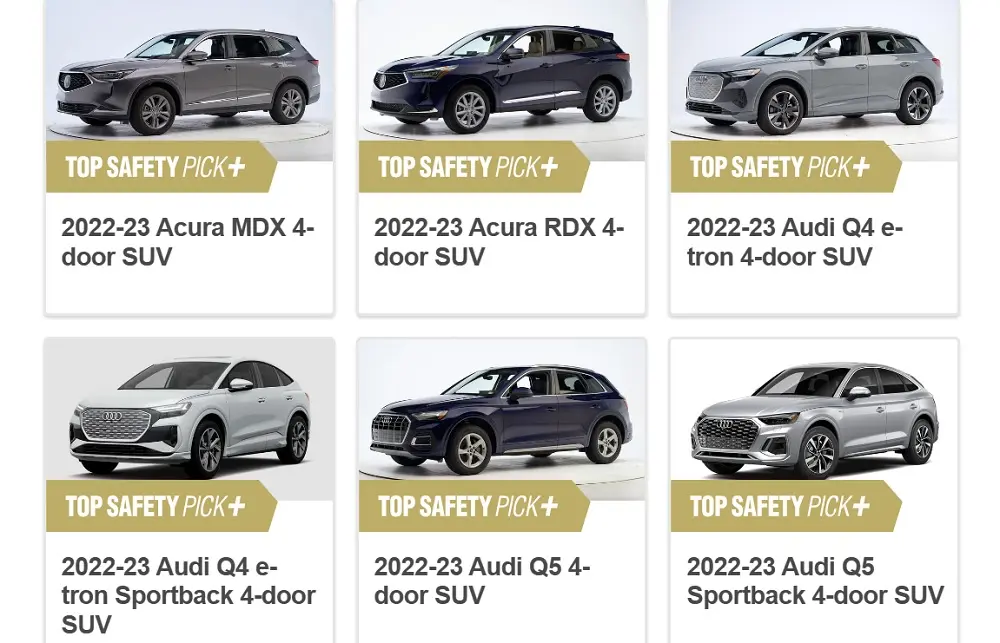
Crossover SUV Safety Ratings: What to Look for in 2025
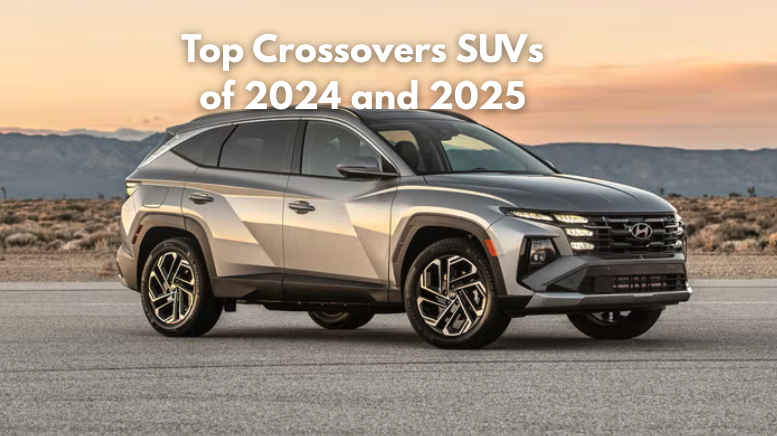
Best Crossovers SUVs of 2025
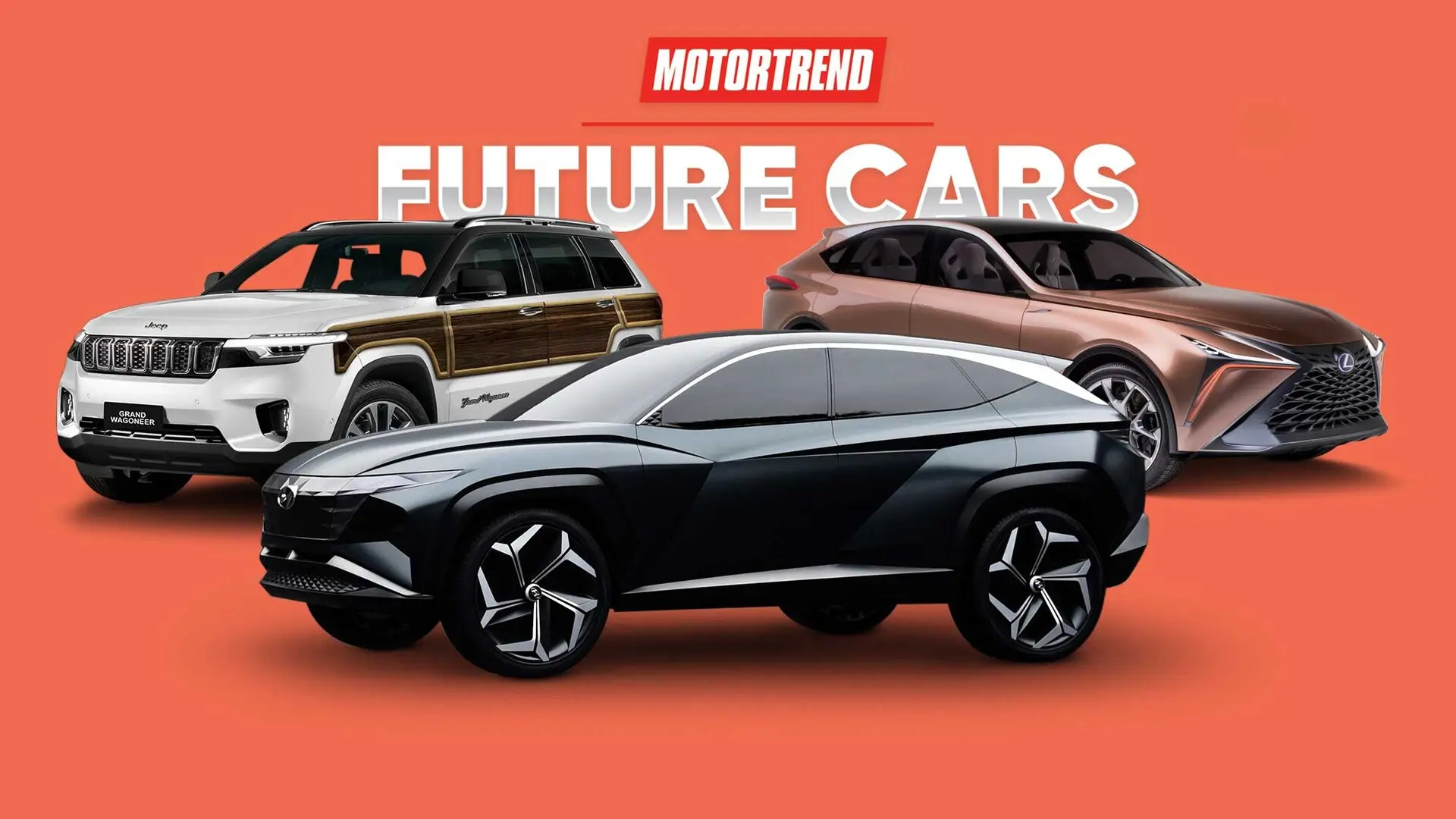
The Future of Crossover SUVs: Trends and Innovations for 2025

Best Crossover SUVs for Families in the USA 2025
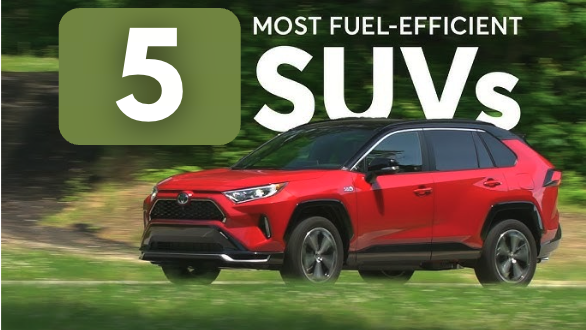
Crossover SUV Fuel Efficiency: The Best Picks for 2025
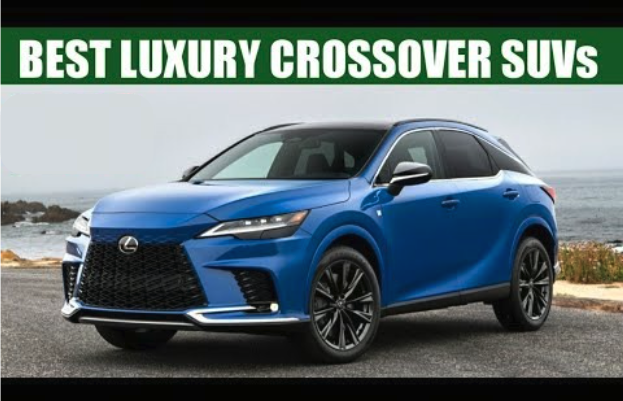
Luxury Crossover SUVs in the USA 2025: A Comprehensive Guide
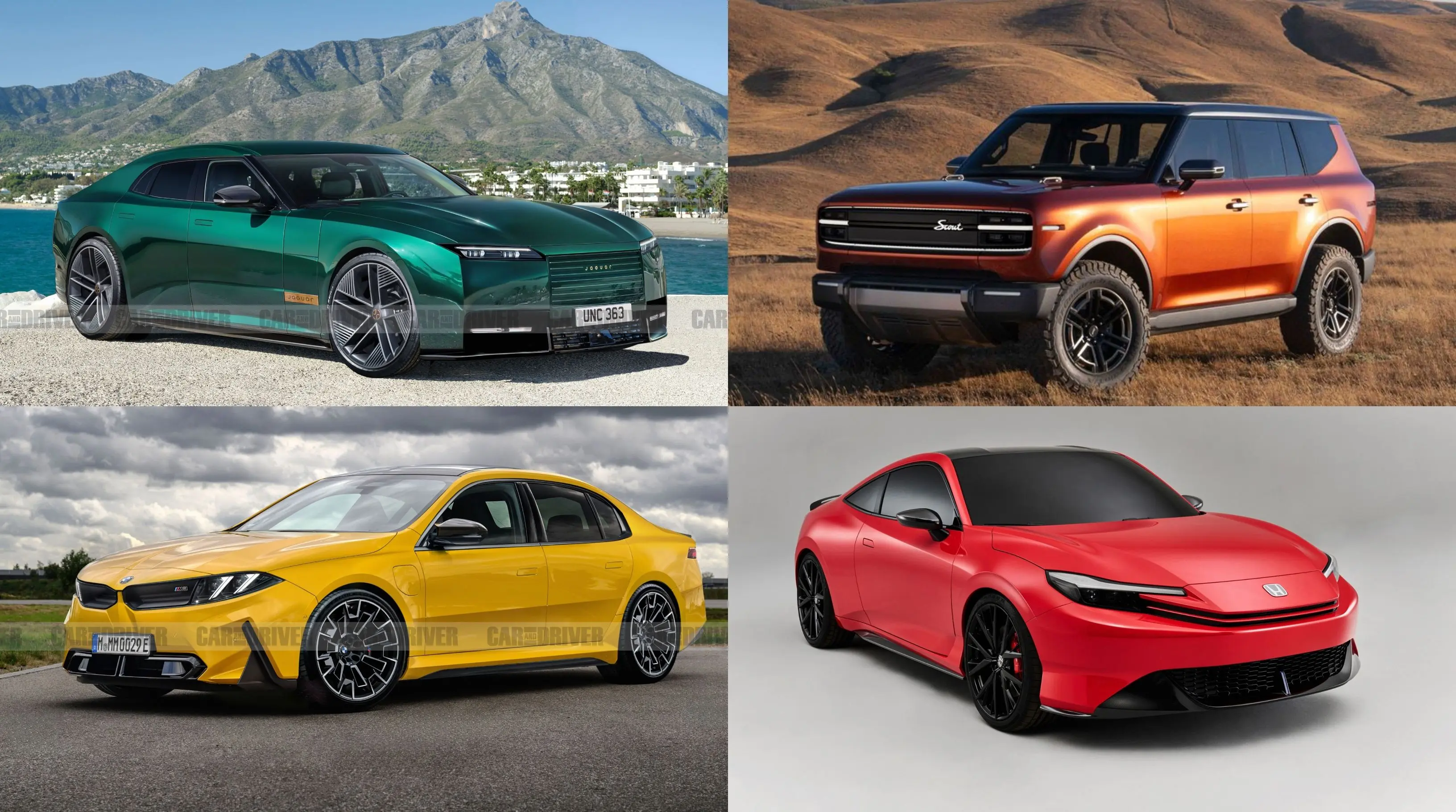
Crossover SUVs in the USA 2025: Top Models to Watch